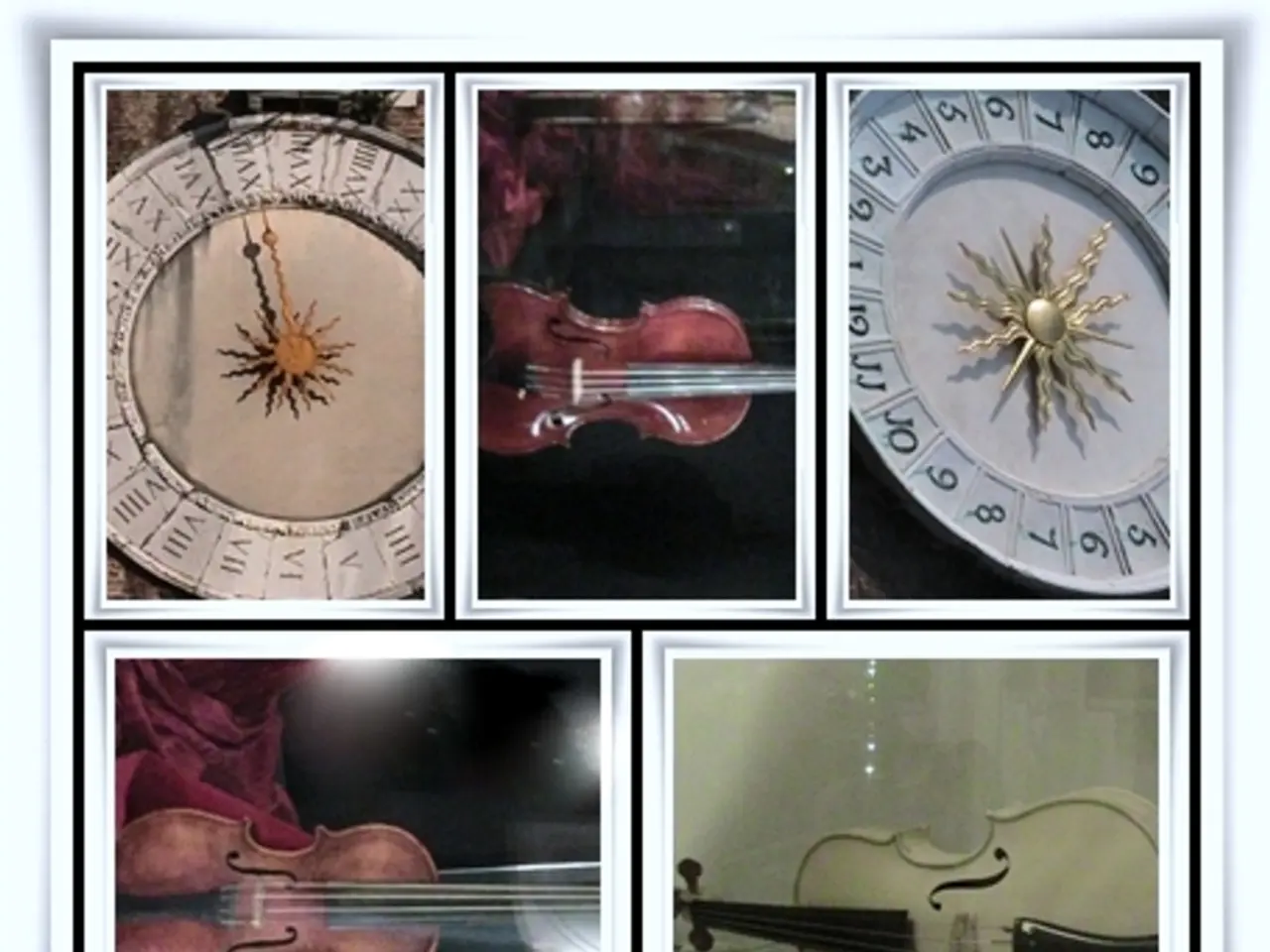What is the duration that your clock has been operating?
In the realm of antique treasures, a 100-year-old Gilbert clock is a captivating find. To determine its service history and condition, a careful combination of research, physical inspection, and expert consultation is necessary.
Inspect the Clock and Movement Carefully
Start by examining the clock meticulously. Look for original manufacturer’s marks or inscriptions on the dial, movement, or case. Gilbert clocks often bear identifying marks that can guide you. Assess the physical condition of the case, dial, hands, and especially the clock movement (gears, pivots, springs). Check for signs of damage, wear, or replaced parts. Don’t forget to look for corrosion, dirt, or old lubricant buildup, which indicate overdue servicing or neglect.
Review Any Available Provenance or Documentation
Ask the seller or owner if there is any service record, receipts, or notes about prior repairs, cleaning, or part replacements. Older clocks usually lack extensive documentation, so provenance is often incomplete.
Consult Horology Resources and Catalogs
Use antique clock catalogs and Gilbert company records (if available) to help verify manufacturing date and typical movement designs from around 1920s. Serial numbers can sometimes narrow dating but are often only approximations without a database for Gilbert clocks.
Engage a Professional Clockmaker or Restorer
A skilled clock professional can dismantle, clean, and inspect the movement precisely to assess wear or damage. They can test the running condition and identify if parts like mainsprings or gear teeth need repair or replacement. Proper cleaning requires disassembly, lubrication, and careful reassembly—not just simple surface cleaning. They can also provide estimates of remaining service life and recommendations for restoration if needed.
Typical Signs of Servicing Quality and Condition
Movement parts in original condition and free of rust or burns are good indicators of the clock’s authenticity and better condition. Original painted dials and finely made components also suggest good care. Avoid clocks with obvious signs of repeated amateur repair or improper cleaning, which can harm delicate parts.
In summary, an initial visual and historical assessment gives some clues about a 100-year-old Gilbert clock’s condition and service history, but a thorough condition report requires professional inspection and possibly partial disassembly. Documentation is rare, so expert appraisal combined with careful physical examination is critical for accuracy and value.
As the author discovered during the restoration of a Sawin banjo clock, the process can be challenging but rewarding. Concerns about the durability of brass bushing inserts in steel plates and occasional frustration during the restoration process are common. Despite these challenges, the author's opinion of the Sawin banjo clock improved significantly at the end of the process.
The year 1913, when the Gilbert clock was made, marked a period when many American clock companies were still in operation. The condition of a clock's movement can range from well-worn to like-new, depending on use and servicing. By the mid-1950s, many pioneer American clock companies had ceased to exist.
Mechanical clocks were still being manufactured until the 1940s and beyond, with the electric clock becoming common in North American homes in the 1930s. Evidence of servicing can include new bushings, tooth repairs, date markings, excessive oiling, and more.
References:
[1] Antique Clock Restoration Guide: A Practical Approach to Restoring Your Antique Clock. By John D. Wise.
[4] Antique Clocks: A Guide to Their Identification, Restoration, and Appraisal. By James F. Rieley.
- For someone looking for vintage clocks, a focus on lifestyle and home-and-garden stores, or delving into antique shops, technology like the internet can provide resources to help identify a Gilbert mechanical clock, such as researching antique clock catalogs and company records online.
- Collectors appreciating the technical advancements of technology in lifestyle, particularly mechanical clocks like the 100-year-old Gilbert, should aim to preserve the original components and maintain the clock in good condition, ensuring that while appreciating the beauty of the past, they consider the clock's future with proper maintenance and care.




